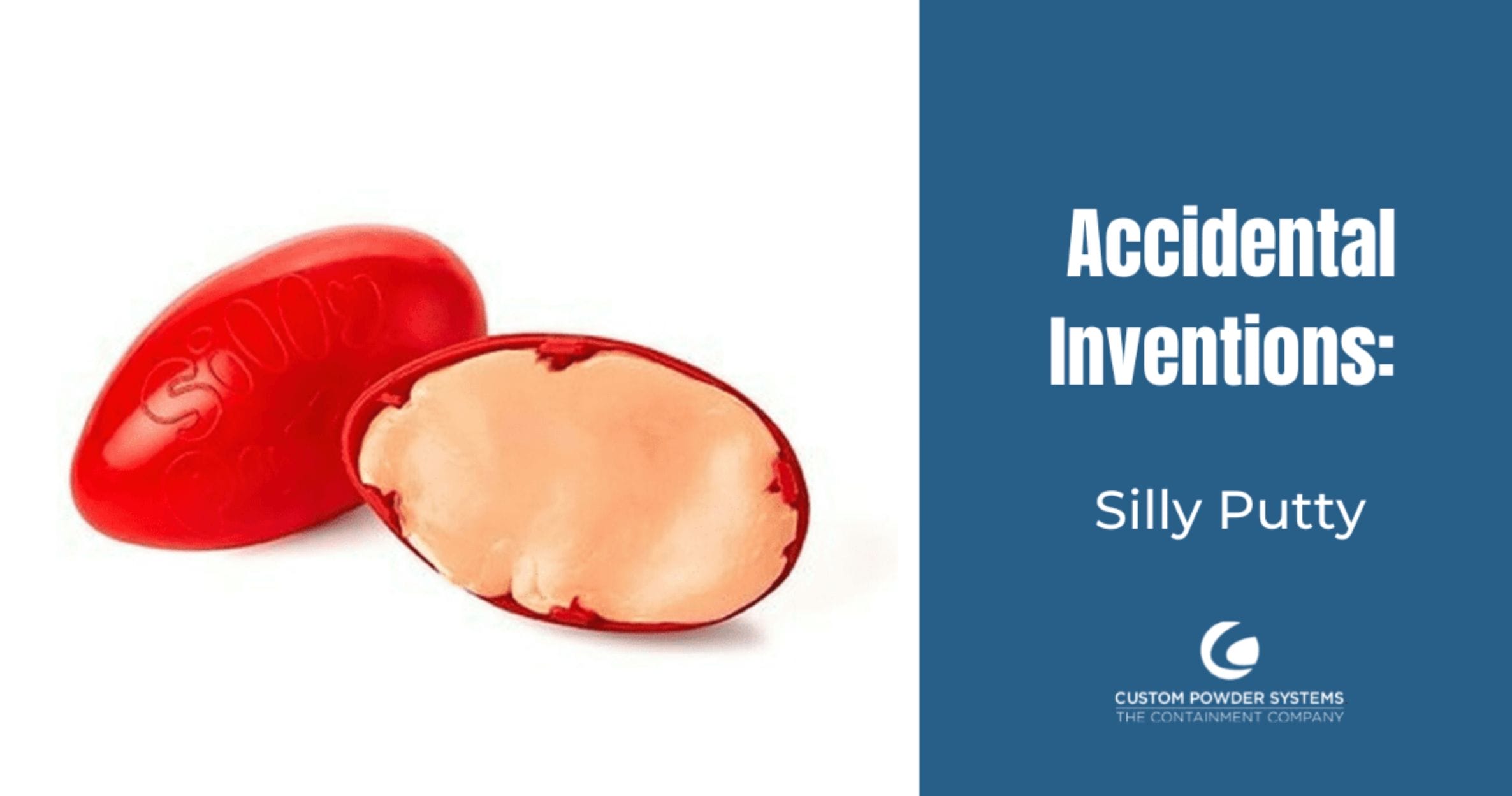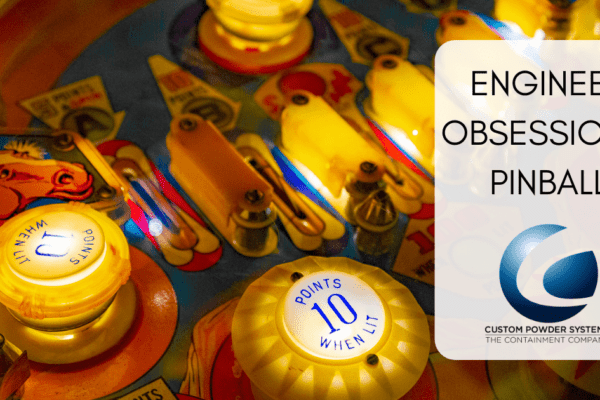Simple. Squishable. Moldable. Silly Putty has been a popular children’s toy for over 80 years. But did you know it wasn’t created for kids? Silly Putty’s origin story begins with an accidental discovery during the rubber shortage during World War II.
During WWII, many of the countries that produced rubber were being invaded at the time. Because of this, Allies faced an extreme rubber shortage. In an effort to combat the lack of this essential manufacturing item, the U.S. government contracted companies to create a synthetic rubber substitute that could be made from readily-available materials.
It was during this experimental process that one of the world’s most popular toys was inadvertently created.
A Goo With Interesting Properties
It all started in General Electric’s New Haven, Connecticut Lab in 1943, where inventor James Wright was testing potential methods to create synthetic rubber. During one attempt, he mixed boric acid and silicone oil, creating a gooey, stretchy substance. While it proved to be a poor substitute for rubber, its unique properties turned some heads.
This “nutty putty” was stretchier and bouncier than rubber, and it adhered to ink to make a perfect copy of whatever newspaper or comic book it touched. James soon began sending samples to labs around the world to find a potential use for his discovery. Unfortunately, there was not much interest from other scientists or the U.S. government, so the mysterious goo fell to the wayside.
Passing Around the Party Putty
In spite of there being no obvious practical use for the putty, James continued making it. The goopy goo eventually started making appearances as a novelty passed around at parties. At one such party, the rubbery substance was discovered by Ruth Fallgatter, owner of the “Block Shop” toy store. She began selling it in her catalog at “bouncy putty.” It quickly became a bestseller.
Ruth’s marketing consultant, Peter Hodgson, was so interested in the goo that he purchased its production rights and changed the name to “Silly Putty.” The product’s next release coincided with the Easter holiday, inspiring its famous plastic egg-shaped package. Priced at $1 each, the company sold 250,000 units of Silly Putty in the first three days… and nearly six million units in the first year.
Second Only to Crayola Crayons
The new toy was an instant success, second only to Crayons. Crayola eventually purchased the exclusive manufacturing rights to Silly Putty in 1977. Today, the company reveals that “although the exact formulas Crayola uses to make Silly Putty are proprietary, we can share that it is made primarily from silicone and color pigments.”
While still commonly known as a toy, Silly Putty has also a few practical uses, such as picking up dirt and lint and stabilizing wobbly table legs. It was also used on the 1968 Apollo 8 mission where astronauts used Silly Putty to secure their tools to surfaces while orbiting the moon.
We love practical inventions, but we also love the impractical fun ones, too! If you need help figuring out an idea, we’re here for you… no matter how “silly” it seems.
To learn more about Custom Powder Systems and the art of engineering, sign up for our newsletter.







